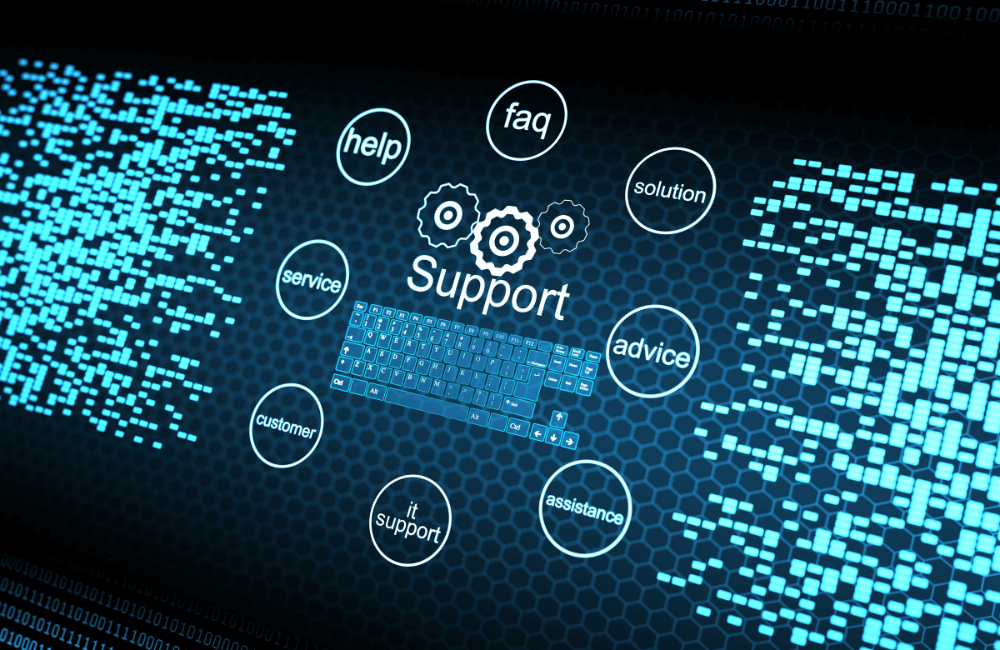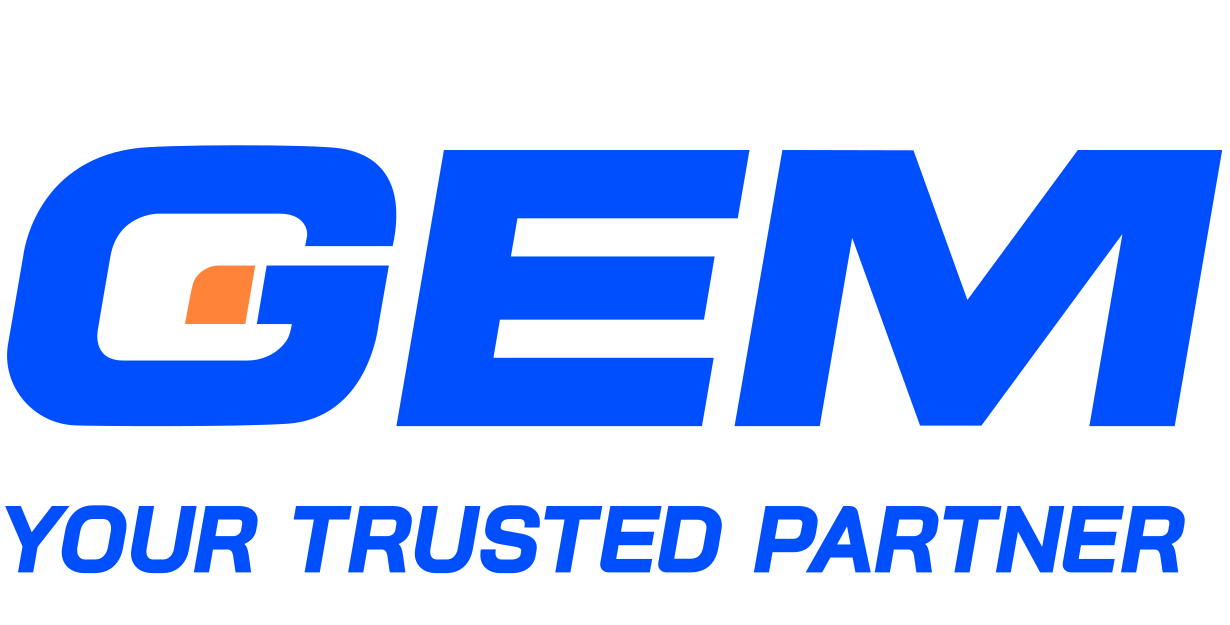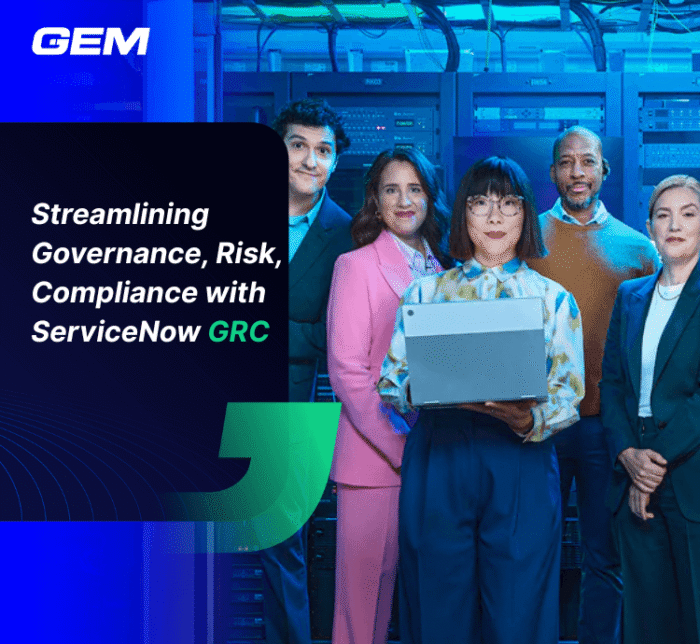Contents
- What is IT Support?
- Why IT Support Matters for Business Resilience
- Different Types of IT Support Services
- Support Delivery Models: In-House vs. Outsourced
- IT Support Levels: From Self-Service to Expert Intervention
- How to Choose the Right Mix for Your Business?
- GEM Corporation – Your Strategic IT Support Partner
- Conclusion
IT support has expanded far beyond help desks and routine troubleshooting. Businesses today rely on a wide set of services to keep operations stable, secure, and responsive to change. The global market for IT support services reached $1.3 trillion in 2024, with estimates suggesting growth to over $2.3 trillion by 2030, and possibly $8.4 trillion by 2034. With such a broad landscape, it’s not always clear which type of support fits which need. This article outlines the main types of IT support, how they’re delivered, and what to consider when deciding what’s right for your business.
What is IT Support?

IT support refers to the range of services that assist users and teams in resolving technology-related issues. It covers areas such as troubleshooting hardware and software problems, managing user accounts, maintaining systems, and supporting network performance. These services help keep IT environments stable, responsive, and aligned with business needs. By maintaining day-to-day functionality across digital systems, IT support acts as a foundational layer that keeps operations running and minimizes disruption.
Why IT Support Matters for Business Resilience

Keeps Operations Stable
IT support plays a direct role in minimizing downtime by resolving system failures, performance issues, and user-facing disruptions. This helps maintain continuity in service delivery and internal workflows.
Drives Workforce Efficiency
A responsive IT support function helps employees move past issues quickly, whether it’s a login error or a system lag, so teams can stay focused on core tasks without losing time.
Mitigates Cyber and Compliance Risks
Support teams monitor systems for vulnerabilities, apply security patches, and respond to incidents. Their role is central in defending against ransomware, phishing, and unauthorized access.
Accelerates Technology Adoption
IT support is often involved in onboarding new platforms, integrating tools, and training users, helping the organization adapt to change while minimizing friction. That makes it a key contributor to digital transformation efforts.
Different Types of IT Support Services

IT support services span a broad set of services, each addressing different layers of a business’s technology environment. Understanding how these services are categorized helps decision-makers identify gaps, assign the right resources, and align IT operations with business goals. The following breakdown covers the three primary categories: core operational support, strategic IT services, and specialized support areas.
Core Operational Support
These services form the foundation of day-to-day technology operations, ensuring that systems function as intended and disruptions are resolved quickly.
Technical support
This base-level support resolves software glitches, system errors, and technical incidents reported by users. It involves help desk services, issue diagnosis, and escalations for problems that cannot be resolved at the first point of contact. Common tasks include password resets, software configurations, and troubleshooting connectivity issues.
Desktop support
Desktop support teams provide direct assistance for physical and virtual end-user devices. They handle setup, maintenance, repairs, and performance issues related to laptops, monitors, printers, and peripherals. In hybrid work environments, this also includes remote access configuration and endpoint security.
Application support
Support for enterprise applications ensures that business-critical platforms function reliably. This includes resolving application-specific errors, maintaining user access rights, and managing updates or patches. Teams often work closely with vendors or internal development teams to handle bugs, performance bottlenecks, or compatibility issues.
Infrastructure support
This service covers the IT backbone: physical servers, storage arrays, virtualization environments, and data center systems. Infrastructure teams monitor capacity, apply system updates, manage outages, and support scalability planning. Their responsibilities often intersect with business continuity and disaster recovery strategies.
Strategic IT Services
These services contribute to long-term planning and system optimization. They focus less on incident response and more on shaping how technology supports business goals.
Managed IT Support
Managed services provide ongoing, contract-based IT support through a third-party provider. This model is often used to oversee system performance, handle proactive maintenance, and manage incidents around the clock. It also offers scalability and access to a broader talent pool without expanding internal headcount.
IT Consulting
Consulting services help organizations assess current IT capabilities, identify gaps, and plan for growth. This can include cloud migration planning, cybersecurity audits, infrastructure modernization, or compliance alignment. Consultants bring external experience and a neutral perspective, which is useful for making investment decisions or designing large-scale transformations.
Specialized Support Areas
Certain aspects of IT require dedicated knowledge, tools, and processes. These services are often layered on top of core support functions to address specific risks or business demands.
Cybersecurity Support
Cybersecurity teams are responsible for maintaining the integrity of digital systems. They monitor for threats, manage firewalls and intrusion detection systems, implement access controls, and respond to security incidents. This service also includes user awareness training, policy enforcement, and support for compliance frameworks such as ISO 27001 or NIST.
Cloud Services
As more infrastructure shifts to the cloud, support for cloud platforms has become a distinct function. This includes managing public, private, or hybrid environments, optimizing cloud spend, automating deployments, and troubleshooting issues with SaaS, PaaS, or IaaS providers. It also involves integrating cloud services with on-premise applications and supporting DevOps pipelines.
Data Backup & Recovery
This service protects business continuity by regularly copying data to secure storage and establishing recovery processes in case of failure. The scope includes backup strategy design, retention policies, off-site replication, and restoration testing. Support teams ensure that systems can be restored quickly after data loss events, whether caused by system failure, cyberattack, or human error.
Network Support
Network support handles all aspects of connectivity – wired, wireless, and virtual. Tasks include managing routers, switches, firewalls, and access points, as well as monitoring for latency, outages, or unauthorized access. Network teams also design and maintain the architecture for secure and scalable communication across the organization.
Hardware & Software Support
This covers the full lifecycle of IT assets, from procurement and deployment to maintenance and decommissioning. Teams manage inventory, license renewals, warranty claims, compatibility checks, and performance tuning. They also coordinate with vendors to resolve issues or obtain replacements.
Support Delivery Models: In-House vs. Outsourced

Selecting the right delivery model for IT support is a structural decision that affects cost, control, responsiveness, and scalability. While some organizations maintain dedicated internal teams, others rely on specialized external providers. In many cases, a hybrid approach emerges to balance trade-offs across functions.
In-house IT Support
In-house support refers to IT personnel employed directly by the organization. These teams are responsible for managing the full scope of support tasks, from daily troubleshooting to long-term system upgrades. They typically operate with a deep understanding of company-specific systems, workflows, and compliance requirements.
Key characteristics:
- Full integration with internal teams and processes
- Direct control over performance, priorities, and policies
- Higher fixed costs due to salaries, benefits, and infrastructure
- Slower to scale in response to demand shifts or skill gaps
This model is often used by organizations in regulated sectors, such as finance or healthcare, where data governance and operational control are non-negotiable.
Outsourced IT Support
Outsourced support is delivered by third-party vendors under a service agreement. Providers may offer a range of services, including help desk operations, infrastructure monitoring, cybersecurity, and cloud management. Contracts are typically structured around SLAs, defining metrics such as response time, resolution targets, and uptime.
Key characteristics:
- Access to a broader pool of expertise and technologies
- Flexible cost structure, often billed as a monthly service or per-ticket basis
- Faster deployment of new capabilities and coverage across time zones
- Requires careful vendor management and data security oversight
This model is commonly used by small and mid-sized businesses seeking cost predictability or by enterprises looking to extend the capacity of internal teams without expanding headcount.
IT Support Levels: From Self-Service to Expert Intervention

IT support is delivered through a tiered structure, with each level offering a different depth of expertise and problem resolution. This layered model helps organizations route requests efficiently, assign the right resources, and control operational costs.
Level 0 – Self-Service
This level involves support tools that users access independently, without human intervention. Examples include searchable knowledge bases, automated troubleshooting scripts, FAQ portals, and AI-powered chatbots. These tools are designed to resolve common issues such as password resets, software installations, or basic configuration steps.
Benefits:
- Reduces ticket volume for frontline teams
- Available 24/7 without staffing overhead
- Supports faster resolution for recurring queries
Limitations:
- Limited effectiveness for non-standard or complex issues
- Requires high-quality documentation and regular updates
Level 1 – Basic Help Desk
This is the first point of contact for users seeking IT assistance. Level 1 teams handle routine requests such as account access, software errors, hardware setup, or system navigation. They follow standardized scripts or workflows and escalate cases that cannot be resolved within predefined limits.
Responsibilities:
- Logging and categorizing incidents
- Providing step-by-step guidance for basic issues
- Escalating unresolved cases to Level 2
Effective Level 1 support depends on strong communication skills, triage capabilities, and a well-maintained ticketing system.
Level 2 – Technical Support

Level 2 teams consist of more experienced technicians capable of addressing advanced system issues. This includes network disruptions, server configuration errors, database performance problems, or application-level bugs. They may also assist with root cause analysis and support planning for recurring incidents.
Typical tasks:
- Diagnosing and resolving escalated issues
- Coordinating with infrastructure or application teams
- Applying patches, updates, or system reconfigurations
Level 2 support requires deeper technical knowledge and may involve remote access to systems or coordination with vendors.
Level 3 – Expert Support
This tier provides specialized expertise for complex or mission-critical incidents. It includes senior engineers, architects, developers, or vendor-side specialists who can address code-level defects, infrastructure redesign, or platform-specific failures. These experts often contribute to long-term remediation plans and system improvements.
Use cases:
- Security breaches or data loss events
- Performance issues in custom-built applications
- Major outages involving multiple systems
Engaging Level 3 support is often time-sensitive and outcome-driven. It plays a key role in both high-stakes incident resolution and strategic IT planning.
How to Choose the Right Mix for Your Business?

IT support structure should reflect the operational demands, regulatory environment, and internal capacity of the organization. Business size often dictates scale and complexity: small companies may rely on managed services for flexibility, while larger enterprises typically require multi-tiered internal teams.
Sector-specific needs also play a role; firms in finance or healthcare face heavy compliance requirements, while tech startups prioritize speed and cloud-native capabilities. The availability of in-house expertise is equally important, gaps in cybersecurity, cloud management, or data governance often signal where external support is needed.
For example, a SaaS startup scaling across regions might prioritize cloud services, 24/7 monitoring, and cybersecurity support to maintain uptime and protect user data. In contrast, a mid-sized manufacturing company may focus on infrastructure support, hardware lifecycle services, and network reliability to keep production systems running.
A financial services firm operating under strict data privacy regulations may require dedicated cybersecurity teams, specialized compliance consulting, and secure data backup systems supported by expert intervention. Each use case presents different dependencies, choosing the right mix means understanding those layers and designing support around them.
GEM Corporation – Your Strategic IT Support Partner

GEM Corporation brings over a decade of experience delivering end-to-end IT services across fast-growing and regulated industries. With a global presence, GEM supports clients with a full spectrum of technology capabilities, from foundational IT operations to advanced cloud, automation, and cybersecurity services. Our teams combine deep domain knowledge with a scalable delivery model to help businesses stay resilient, responsive, and secure.
GEM’s IT support offering covers core functions such as infrastructure monitoring, application support, and help desk services, along with specialized areas including cybersecurity, cloud operations, and data recovery. Through our Managed Services, clients gain continuous oversight of their environments with clearly defined SLAs and performance benchmarks. Our capabilities extend to strategic advisory – aligning IT support with digital transformation goals, compliance demands, and growth roadmaps. Whether building internal systems or supporting global expansion, GEM serves as a long-term partner in managing complexity and unlocking operational value.
Conclusion
Choosing the right IT support services hinges on aligning delivery models, service tiers, and technical capabilities with your business objectives. From help desk operations to expert-level intervention, and from in-house teams to managed partnerships, each layer plays a role in operational stability and long-term planning. Industry, scale, and compliance shape what mix works best. For companies navigating growth, complexity, or regulatory change, a tailored approach makes the difference.
Talk to GEM to design an IT support structure that supports your goals—now and as your business evolves.





